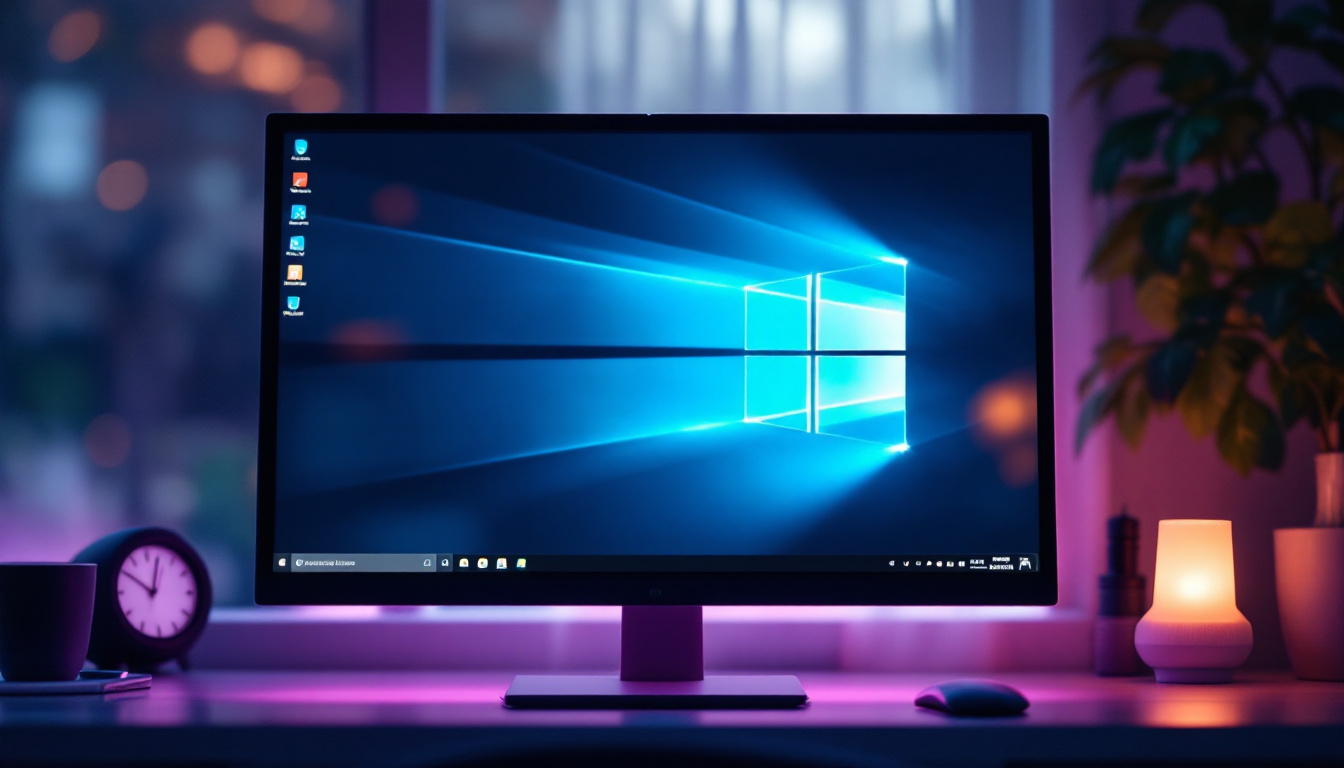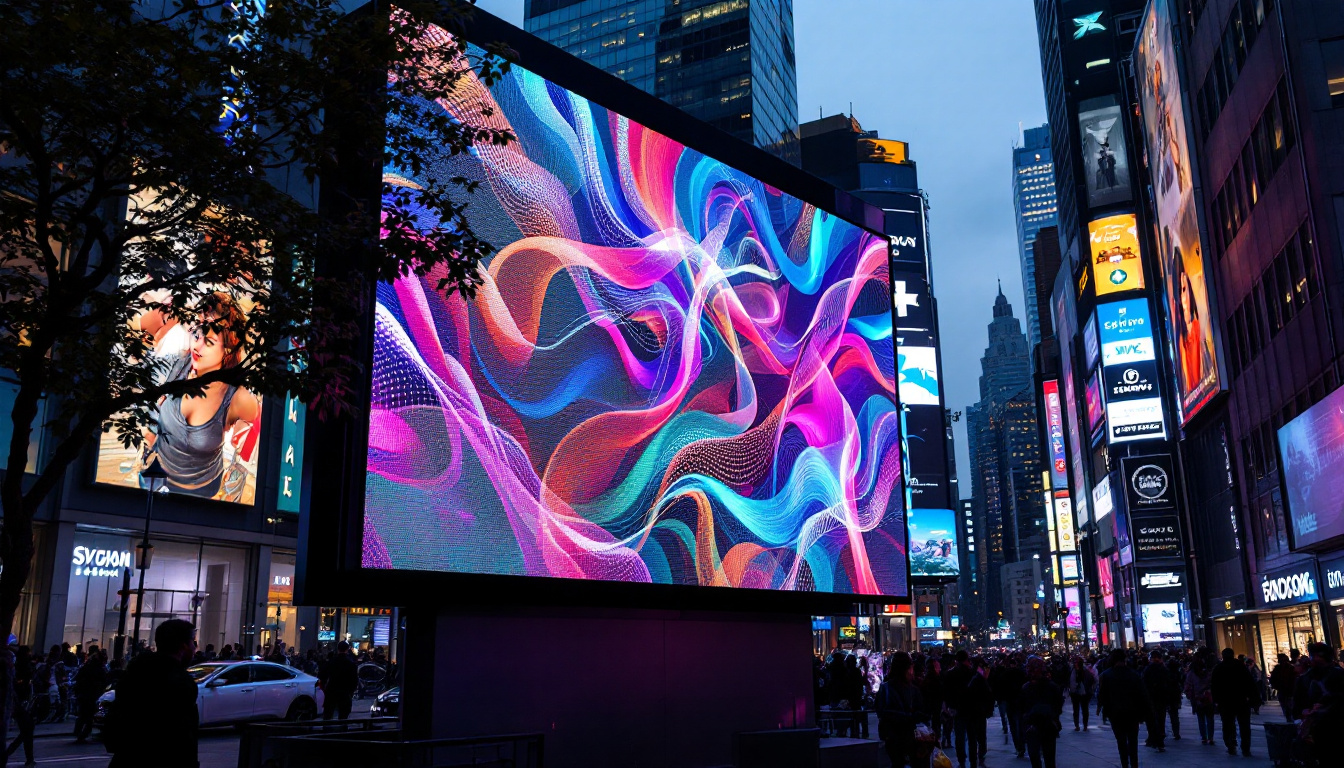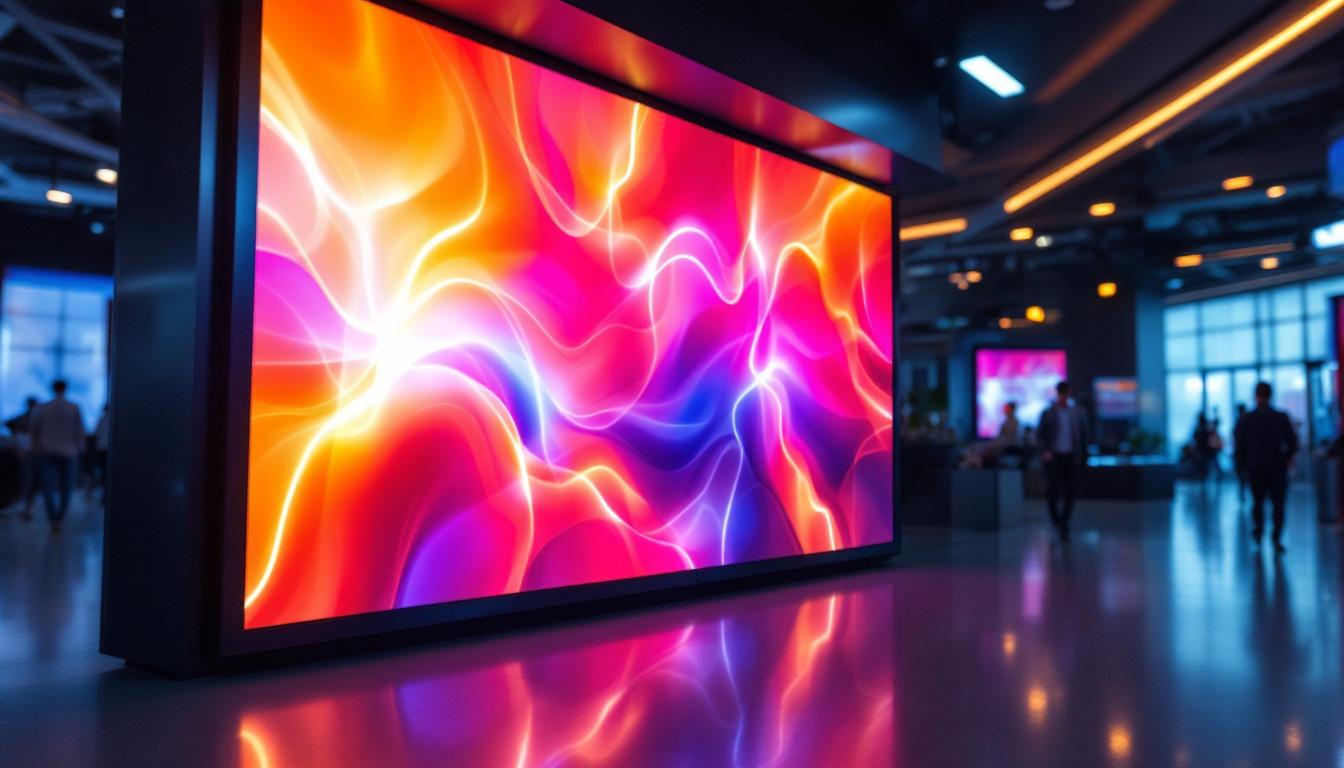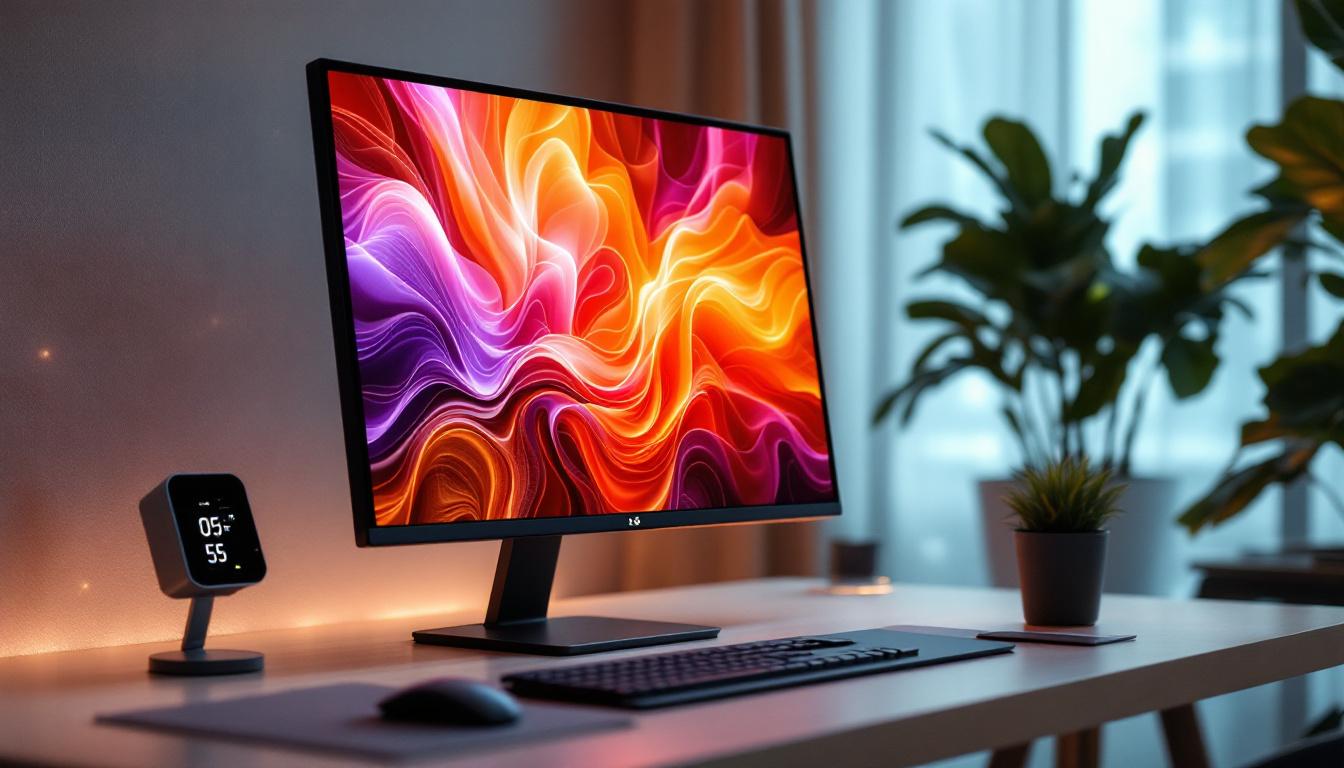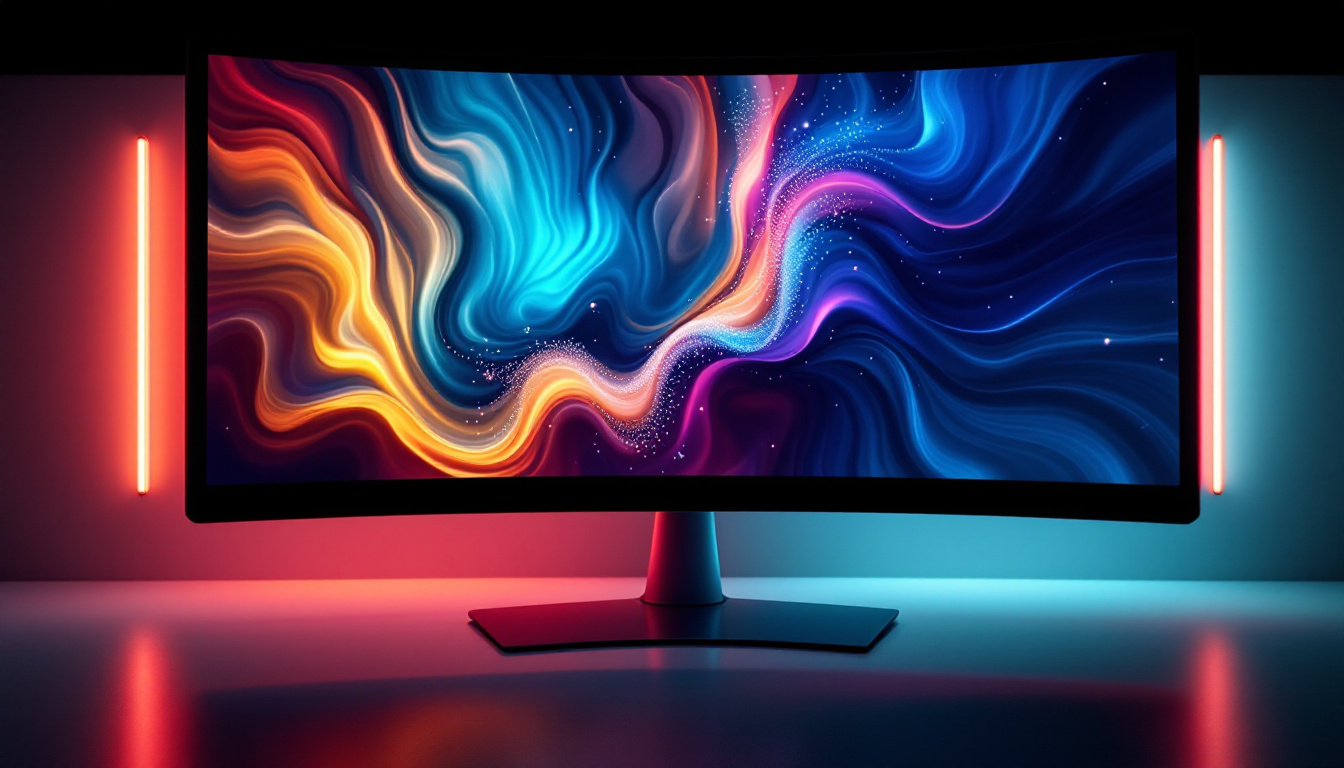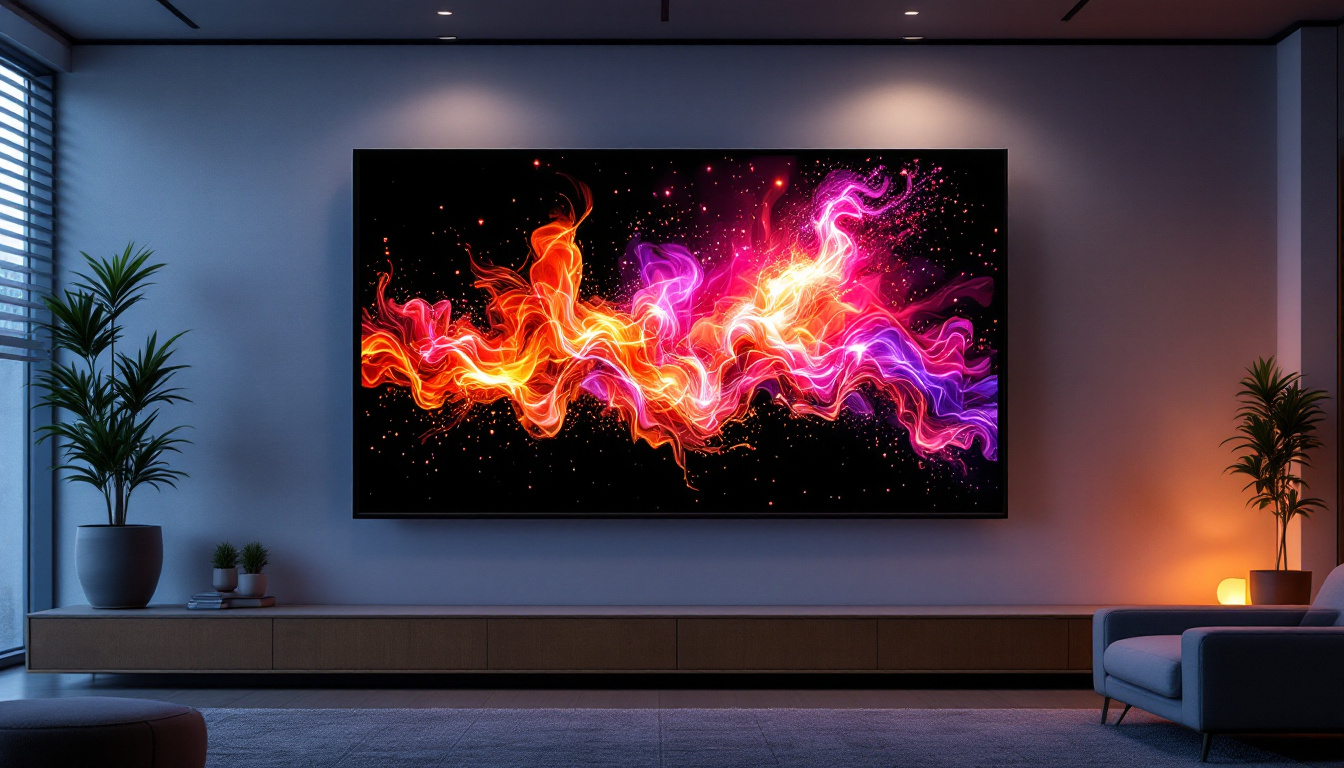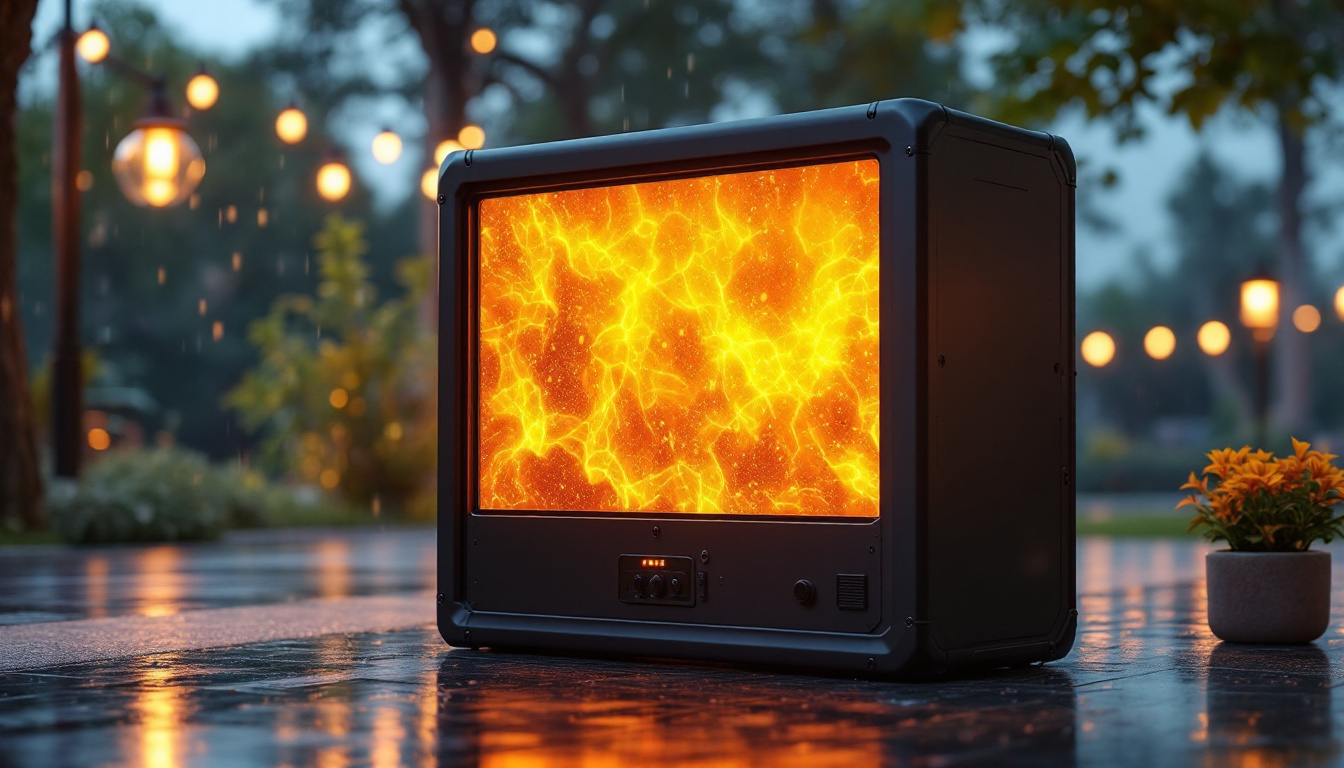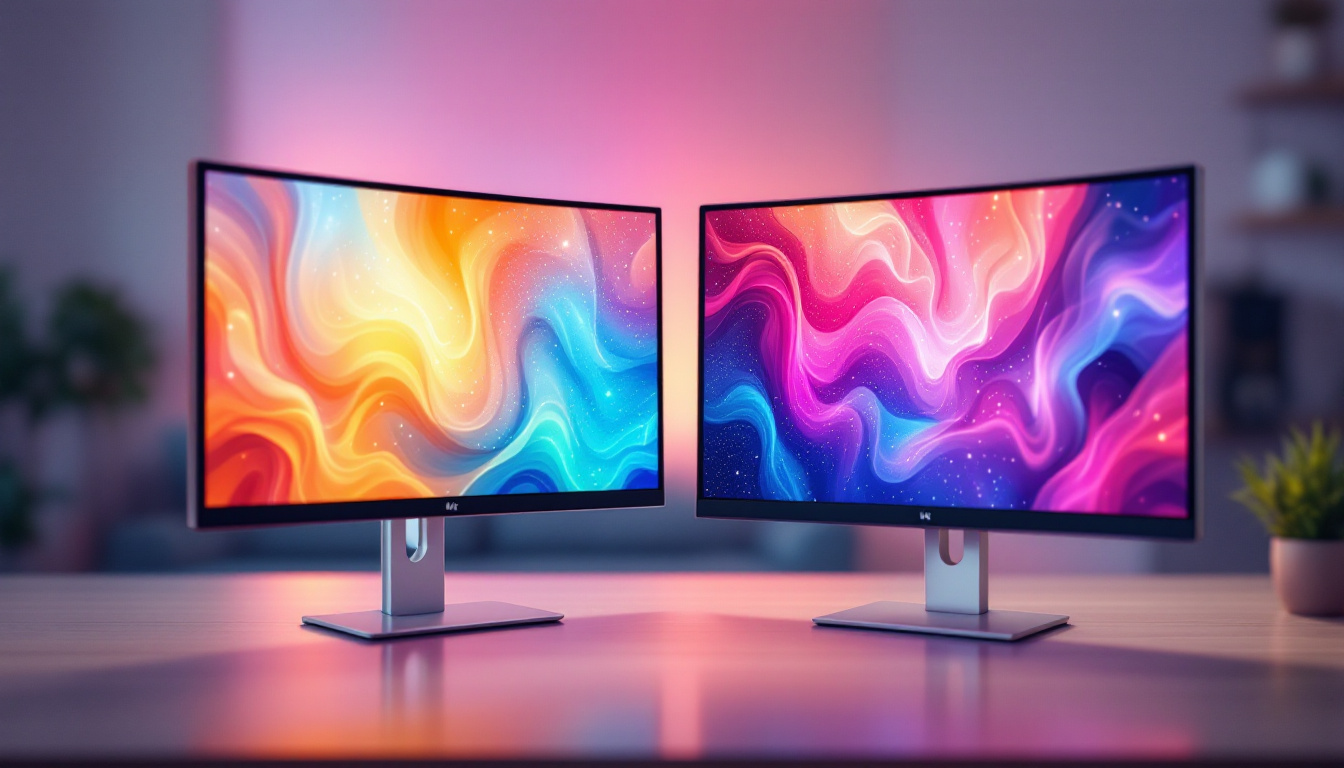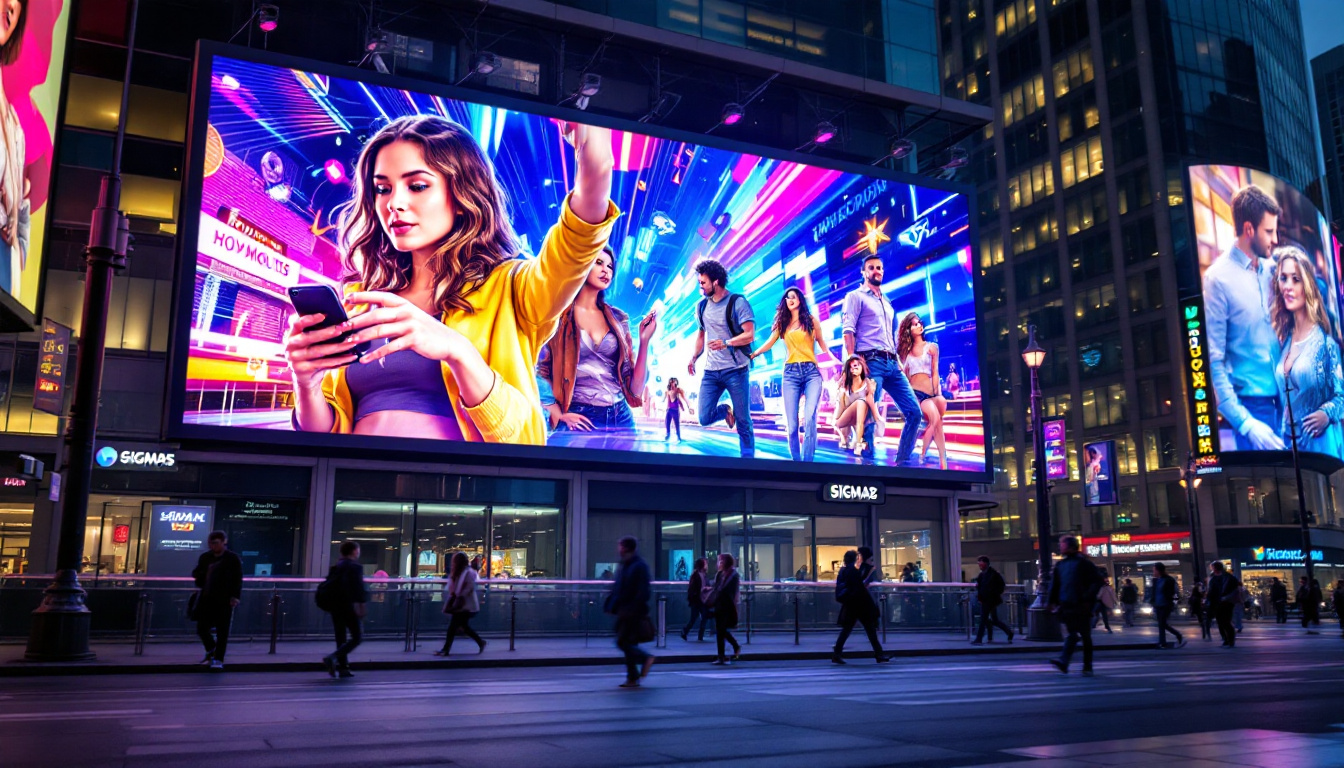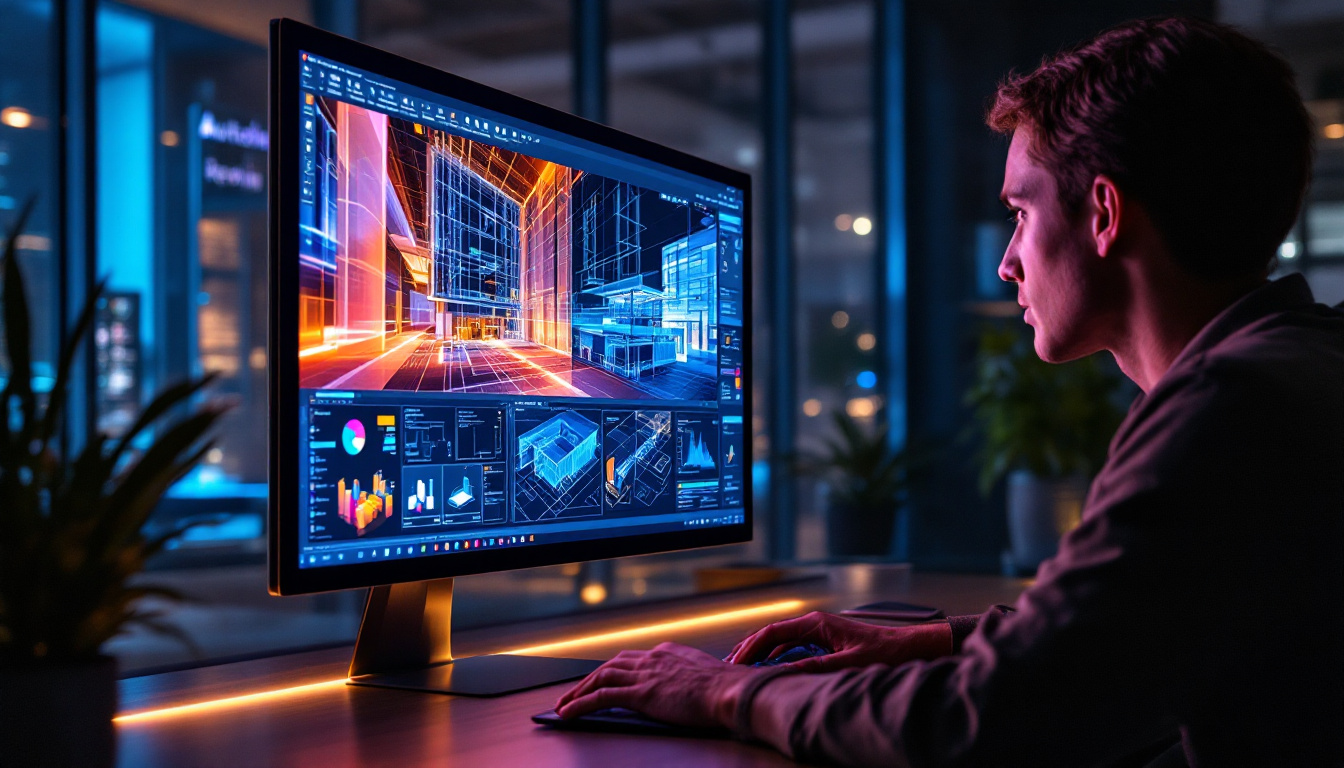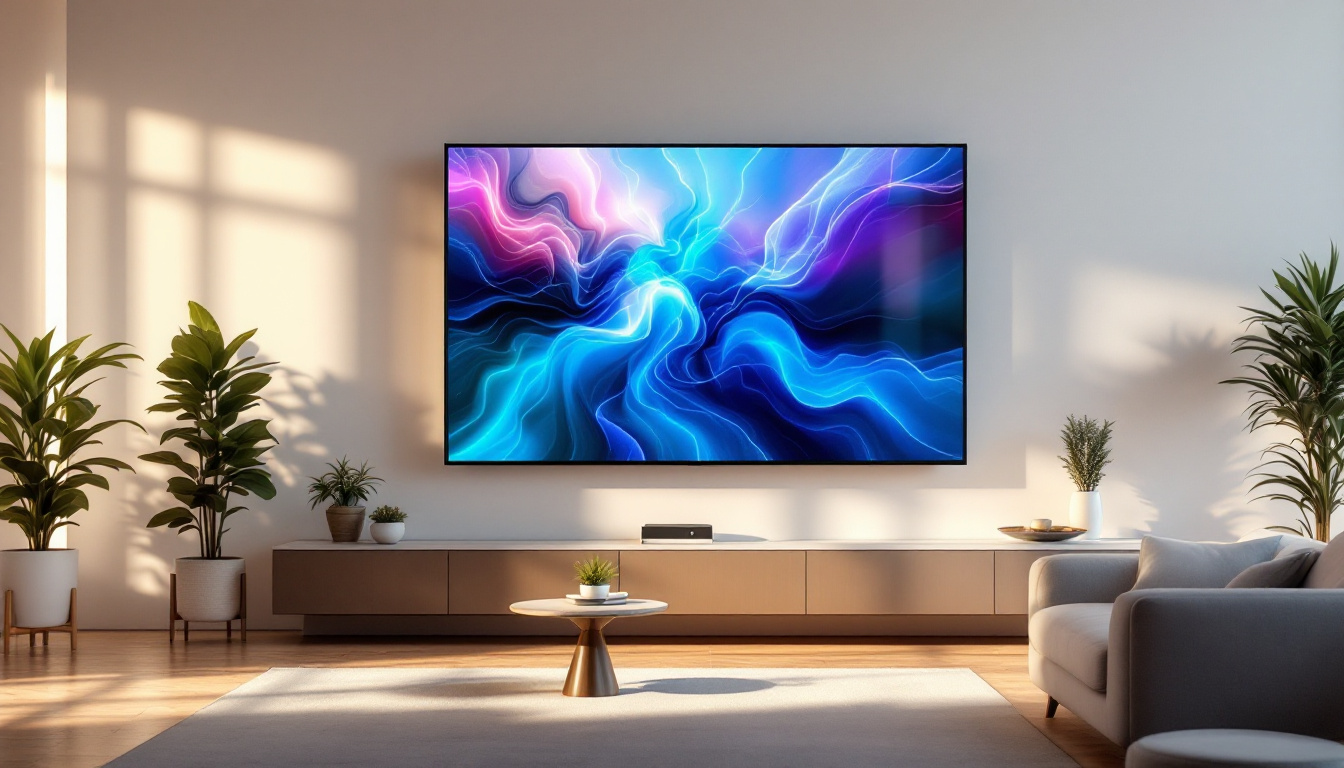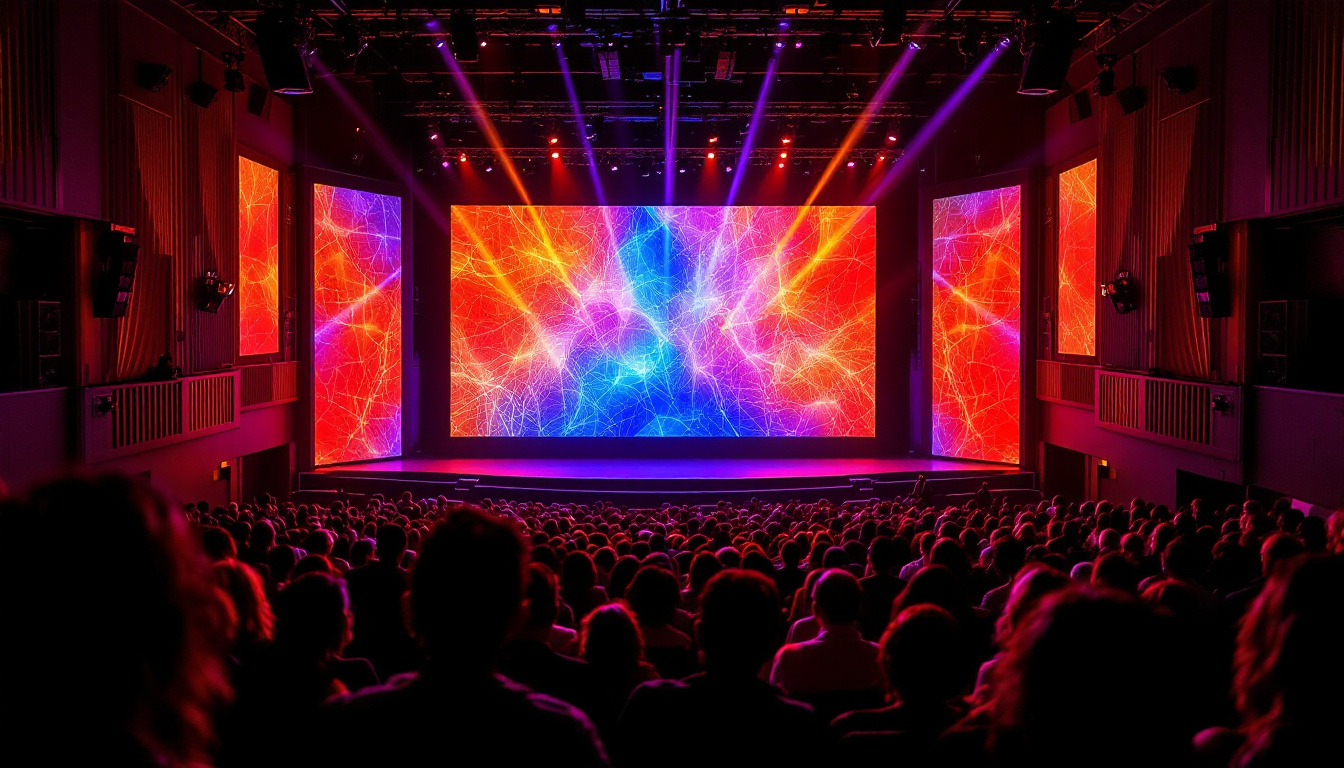When using a Windows 10 operating system, many users encounter issues with their monitors not displaying full-screen applications correctly. This problem can be frustrating, especially when trying to enjoy games, movies, or even productivity applications. Understanding the underlying causes and how to resolve them can significantly enhance the user experience. This article delves into the reasons behind this issue and offers practical solutions.
Understanding Display Settings in Windows 10
Windows 10 provides a range of display settings that can affect how content is rendered on your monitor. From resolution to scaling options, these settings play a crucial role in determining whether applications fill the entire screen or not.
Screen Resolution
Screen resolution refers to the number of pixels displayed on the screen. A higher resolution means more pixels, resulting in clearer and more detailed images. However, if the resolution set in Windows 10 does not match the native resolution of the monitor, it can lead to display issues, including applications not filling the screen.
To check and change the screen resolution, navigate to Settings > System > Display. Under the Scale and layout section, you can adjust the resolution. It is advisable to select the recommended resolution for optimal display performance. Additionally, be aware that different monitors may have different native resolutions, especially when comparing standard monitors to high-definition or 4K displays. Understanding your monitor’s specifications can help you make informed decisions about the best resolution settings to use.
Display Scaling
Display scaling is another important factor that affects how content is displayed. Windows 10 allows users to scale their display to make text, apps, and other items larger or smaller. If the scaling is set incorrectly, it can result in applications appearing cut off or not filling the screen.
To adjust scaling settings, go to Settings > System > Display and look for the Scale and layout section. Here, you can choose a scaling percentage that best suits your needs. Keep in mind that a higher scaling percentage can make items easier to read but may also lead to display issues. For instance, some older applications may not scale properly, leading to a less-than-ideal user experience. It’s also worth noting that scaling can vary based on the size of your monitor; larger screens often require different scaling settings compared to smaller ones to ensure a comfortable viewing experience. Experimenting with different settings can help you find the perfect balance between clarity and usability.
Common Causes of Full-Screen Display Issues
Several factors can lead to issues with full-screen displays on Windows 10. Identifying these causes is essential for troubleshooting and finding effective solutions.
Outdated Graphics Drivers
Graphics drivers are essential for the proper functioning of your monitor and the applications running on your computer. Outdated or corrupted drivers can lead to various display issues, including problems with full-screen applications.
To update your graphics drivers, go to the Device Manager by right-clicking on the Start menu and selecting it from the list. Expand the Display adapters section, right-click on your graphics card, and select Update driver. Follow the prompts to search for and install any available updates. Additionally, consider visiting the manufacturer’s website for your graphics card, as they often provide the latest drivers and software enhancements that may not yet be available through Windows Update.
Incorrect Aspect Ratio
The aspect ratio of a monitor is the ratio of its width to its height. If an application is designed for a different aspect ratio than that of the monitor, it may not display correctly. This can lead to black bars on the sides or top and bottom of the screen or even cause the application to appear cropped.
To resolve aspect ratio issues, check the settings within the application itself. Many games and video players allow users to adjust the display settings to match their monitor’s aspect ratio. Additionally, ensure that the monitor’s settings are configured correctly to support the desired aspect ratio. If you’re using multiple monitors, remember that each monitor may have different aspect ratios, which can complicate the display settings further. Make sure to select the correct monitor in your display settings to ensure optimal performance.
Monitor Configuration
Sometimes, the issue may not lie within the operating system or the application but rather with the monitor’s configuration itself. Many monitors come with built-in settings that can affect how content is displayed.
Access the monitor’s on-screen display (OSD) menu using the buttons on the monitor. Look for settings related to aspect ratio or scaling. Options may include Auto, Full Screen, or 1:1 Pixel Mapping. Experimenting with these settings can often resolve display issues. Furthermore, some monitors feature advanced settings such as color calibration and refresh rate adjustments, which can also impact the overall viewing experience. Ensuring that these settings are optimized for your specific usage—whether for gaming, graphic design, or general use—can significantly enhance display quality and performance.
Practical Solutions to Fix Full-Screen Display Issues
Once the underlying causes of full-screen display issues are identified, implementing practical solutions can help restore optimal functionality. Here are some effective methods to consider.
Adjusting Display Settings
As previously mentioned, adjusting display settings in Windows 10 can significantly impact how applications are displayed. Start by ensuring that the resolution is set to the recommended value for your monitor. Additionally, check the scaling settings and adjust them as necessary. It’s important to note that improper scaling can lead to blurry text and images, which detracts from the overall user experience. Users should experiment with different scaling percentages to find the one that best suits their visual preferences and monitor size.
For users who experience issues specifically with games, many titles offer in-game settings that allow for resolution and display adjustments. Access the game settings and look for options related to display or graphics to ensure they are configured correctly. Furthermore, some games may have specific settings for full-screen, windowed, or borderless modes, which can greatly affect performance and visual fidelity. Testing these modes can help identify which configuration works best for the user’s system and preferences.
Updating or Reinstalling Graphics Drivers
If outdated drivers are suspected to be the cause of display issues, updating or reinstalling them is crucial. In addition to updating through the Device Manager, users can visit the manufacturer’s website for their graphics card to download the latest drivers directly. It’s also wise to check for any optional updates that may not be automatically installed, as these can include important fixes and enhancements that improve overall performance.
In some cases, a clean installation of the graphics driver may be necessary. This process involves uninstalling the current driver completely before installing the new version. This can help eliminate any conflicts or corruption that may be causing display issues. Users should also consider using third-party software designed to remove drivers thoroughly, as this can prevent leftover files from causing future problems. After reinstalling the driver, a system restart is often recommended to ensure that all changes take effect properly.
Using Compatibility Mode
For applications that are not displaying correctly, using Windows 10’s compatibility mode can be a helpful solution. This feature allows users to run applications in a mode that mimics earlier versions of Windows, which can resolve compatibility issues. This is particularly useful for older software that may not have been updated to work seamlessly with newer operating systems.
To enable compatibility mode, right-click on the application’s shortcut or executable file, select Properties, and navigate to the Compatibility tab. From there, check the box for Run this program in compatibility mode for: and select an earlier version of Windows. Apply the changes and relaunch the application to see if the issue is resolved. Additionally, users can explore other settings within the Compatibility tab, such as adjusting DPI settings or running the program as an administrator, which can further enhance compatibility and performance for stubborn applications.
Advanced Troubleshooting Techniques
If the basic solutions do not resolve the full-screen display issues, more advanced troubleshooting techniques may be necessary. These methods can help identify deeper issues that may be affecting the display.
Checking for Windows Updates
Keeping Windows 10 up to date is essential for ensuring optimal performance and compatibility with applications. Sometimes, display issues can arise due to bugs or conflicts that are resolved in newer updates.
To check for updates, navigate to Settings > Update & Security > Windows Update. Click on Check for updates and install any available updates. Restart the computer afterward to apply the changes.
Testing with a Different Monitor
If possible, testing the computer with a different monitor can help determine whether the issue lies with the original monitor or the computer itself. If the new monitor displays applications correctly, it may indicate a problem with the original monitor’s settings or hardware.
Conversely, if the issue persists with a different monitor, it may suggest a deeper problem within the computer’s hardware or software configuration that requires further investigation.
Resetting Windows 10
As a last resort, resetting Windows 10 can help resolve persistent display issues. This process reinstalls Windows while allowing users to keep their personal files. However, it is essential to back up any important data before proceeding, as some applications may be removed in the process.
To reset Windows 10, go to Settings > Update & Security > Recovery. Under the Reset this PC section, click on Get started and follow the prompts to initiate the reset process.
Conclusion
Experiencing issues with a monitor not displaying full-screen applications in Windows 10 can be a frustrating experience. However, understanding the various factors that contribute to this problem can help users effectively troubleshoot and resolve the issue. From adjusting display settings to updating drivers and exploring advanced troubleshooting techniques, there are multiple avenues to explore.
By implementing the solutions outlined in this article, users can enhance their overall experience with Windows 10 and ensure that applications display as intended. Whether for gaming, productivity, or entertainment, a properly functioning display can make all the difference.
Enhance Your Full-Screen Experience with LumenMatrix
If you’re seeking to elevate your full-screen application experience, look no further than LumenMatrix. As a pioneer in LED display technology, LumenMatrix offers a vast array of LED display solutions that can transform your visual engagement. From immersive Indoor LED Wall Displays to dynamic Outdoor LED Wall Displays, and from versatile Vehicle LED Displays to innovative Custom LED Displays, LumenMatrix has the technology to bring your content to life. Embrace the future of visual communication and captivate your audience with unparalleled clarity. Check out LumenMatrix LED Display Solutions today and see the difference for yourself.

